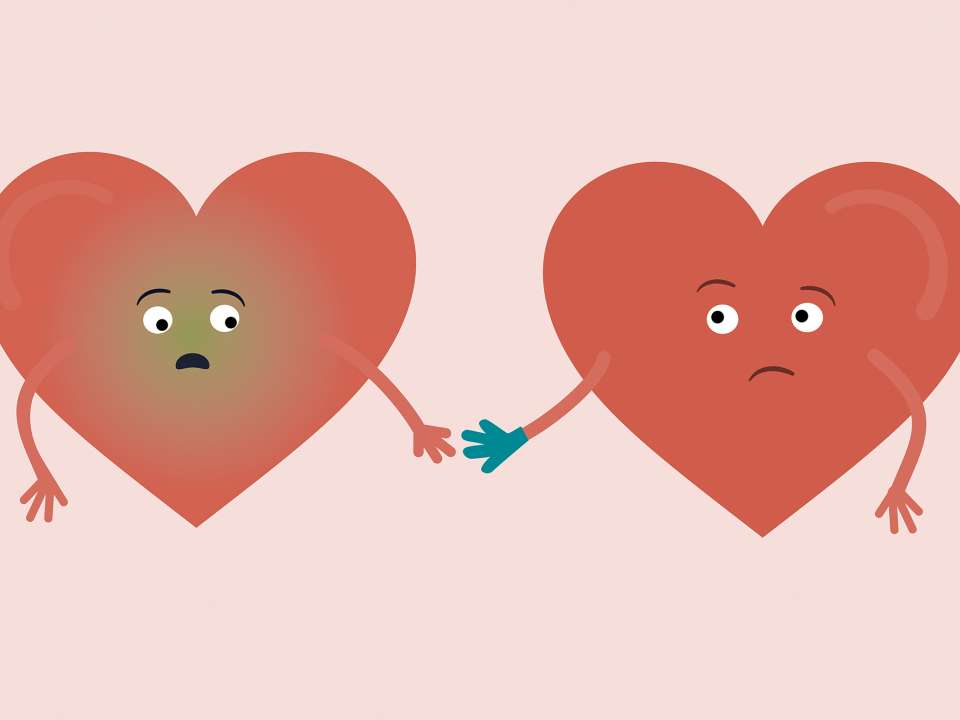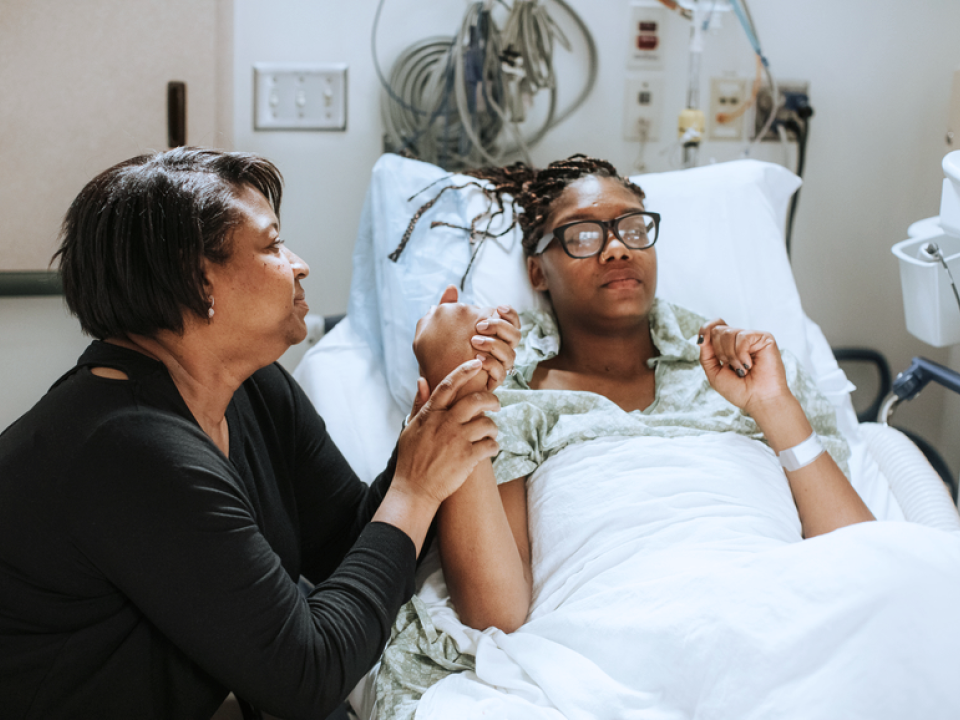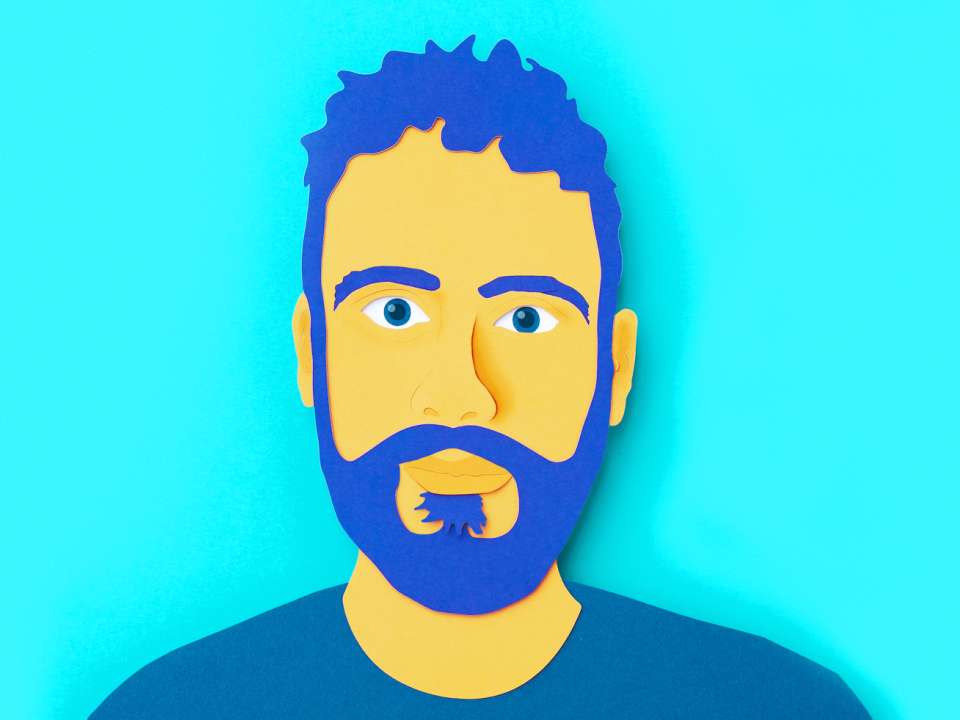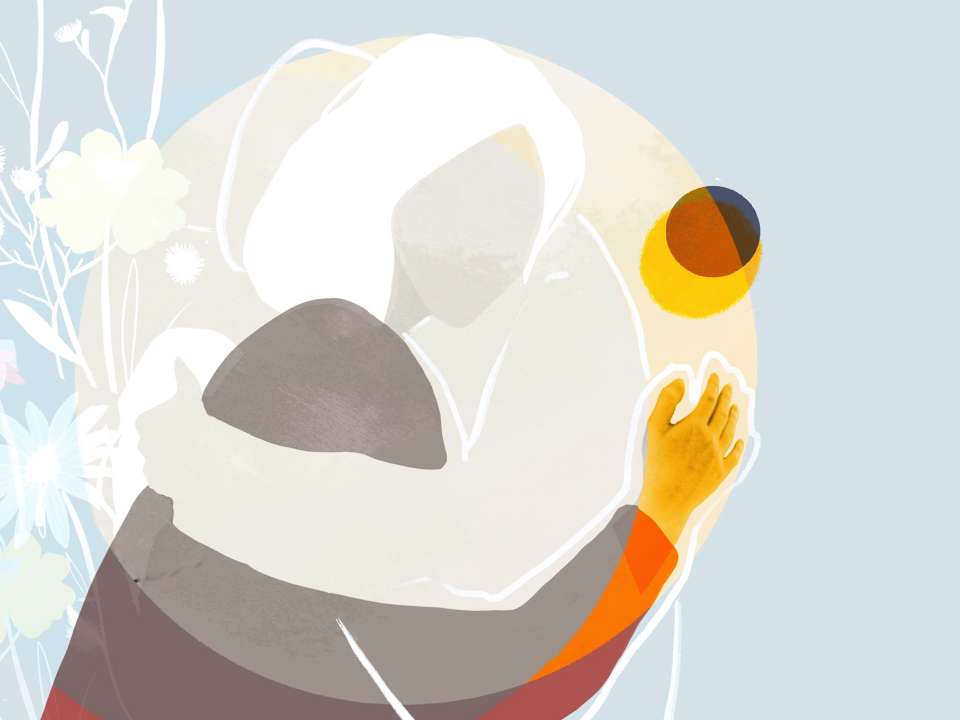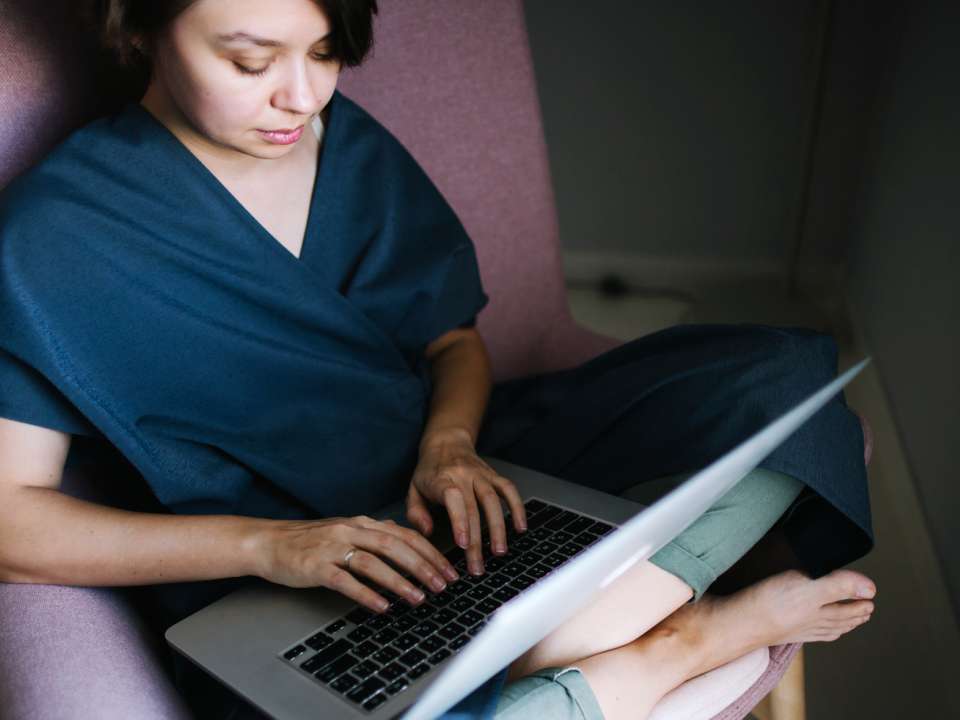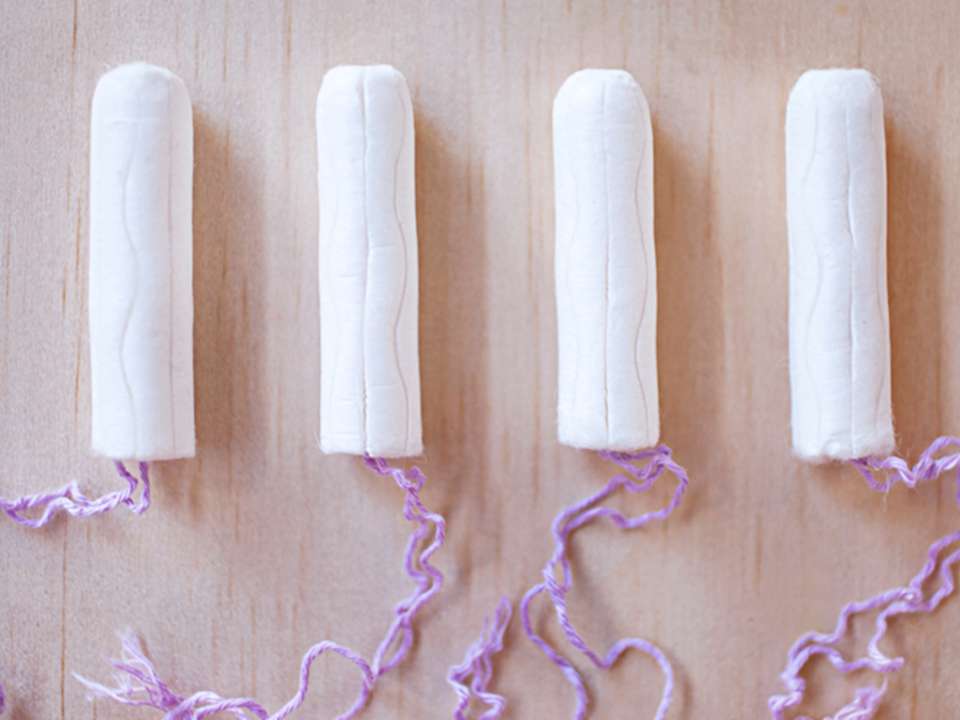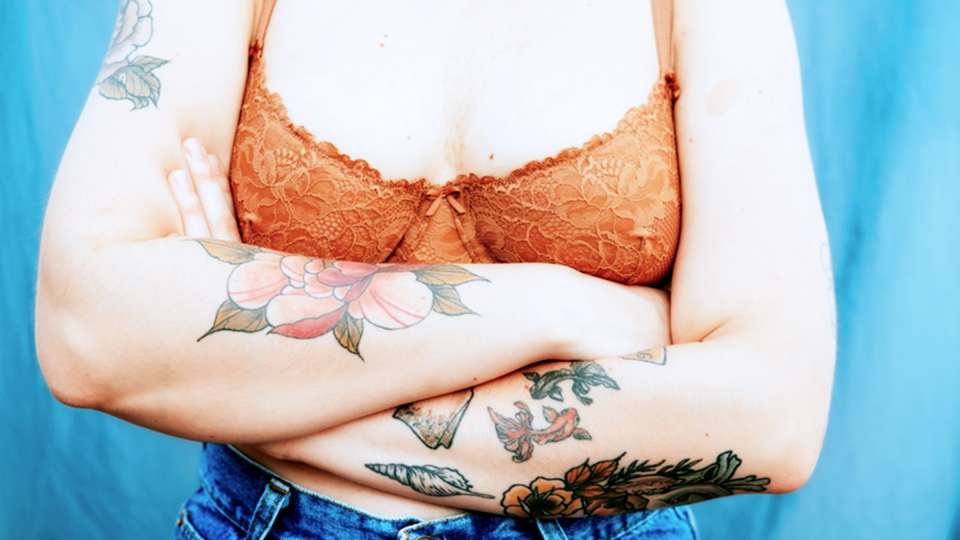
There used to be something called a breast self-exam card. It was designed to hang over your showerhead and had instructions — including visuals — that showed you how to check for lumps and other changes in your breasts while you were soaping up.
Though these cards were clearly well-intentioned, in a way, they were terrible. As if mornings were not already challenging enough, every time you saw the card hanging there, you’d think of, well, things like cancer and death — before coffee.
“Women were becoming unnecessarily terrified. The whole concept of a monthly breast self-exam has gone by the wayside,” says Dr. Mary Laya, an associate professor emeritus in the Division of General Internal Medicine at the UW School of Medicine.
If not the monthly breast self-exam, what should you do instead? It’s called breast self-awareness.
What is breast self-awareness?
You read a lot about self-awareness these days: of your diet, your microbiome, your mental health, your mindfulness, and now your breasts. Yup, turns out that your breasts benefit from mindful attention, too.
What exactly is breast self-awareness?
Mindful attention to your breasts is giving your breast friends a look-see in the mirror now and then and noticing if anything looks different. Do you have any dimpling, puckering, discharge, persistent redness or changes in shape of your breast or nipple?
“You look at your face in the mirror. Look at your breasts in the mirror, too,” says Laya.
Breast self-awareness is also paying attention to how you feel from the inside out. Do you have any swelling, soreness or specific points of pain in your breast?
Why breast self-awareness instead of a monthly breast self-exam?
Breast self-awareness is meant to be a different way to think about breast health. It allows you to focus more on knowing how your breasts normally look and feel than to examine them on a regular schedule looking for specific changes.
The breast self-exam was not only ineffective at finding cancers early but it also triggered a lot of false alarms.
Turns out that those women who were fastidiously searching for lumps were finding things that turned out to be lumpy — but normal! — breast tissue. And finding that out only after the anxiety-inducing roller coaster ride of testing.
“Women were getting a lot of unnecessary workups that they didn’t need and experiencing the anxiety that goes along with that,” says Laya.
And in the middle of a pandemic, we have enough COVID-19-related anxiety and don’t need unnecessary worry on our plates.
How to tell one kind of lump from another
The connective tissue, mammary glands and milk ducts that are part of your breast tissue are, by their nature, lumpy. So how do you know what kind of lump is normal and what kind of lump to be concerned about?
There are four characteristics that can help you to discern a lump that might be trouble:
- A lump that is new
- A lump that is larger than other lumps in your breast
- A lump that is harder than other lumps in your breast
- A lump that is present on only one side
One way to think about it is to look for something that stands out against the general background of lumpiness.
“Like rocks on a beach, there are a lot of them, but sometimes there’s one that is a little bigger or different somehow and it will stand out to you. That’s the one to be concerned about,” says Laya.
What to do if you do find a new lump or bump of concern
No one, not even a doctor, can determine if a lump is benign with just their fingers. That’s why it’s important to see a physician for follow-up if you find a new lump or bump in your breast.
If you think there is a new lump, then it needs to be evaluated.
“And if you feel like your doctor isn’t listening to you, then you need to go to a different doctor,” says Laya.
How to monitor your breasts without being overly concerned
Most of the expert guidelines now say that you don’t need to do a monthly breast self-exam, but they’re a little vague on the details of breast self-awareness. So if you’re not doing the monthly breast self-exam, just how closely are you supposed to monitor your breasts?
“It’s kind of a fine line for women,” says Laya. “We don’t want them to be obsessive but we don’t want them to ignore their breasts either. Pay attention but not too much attention. That’s what I tell my patients.”
This article was originally published on Oct. 7, 2018. It has been reviewed and updated with new info.

 Healthy ideas for your inbox
Healthy ideas for your inbox
